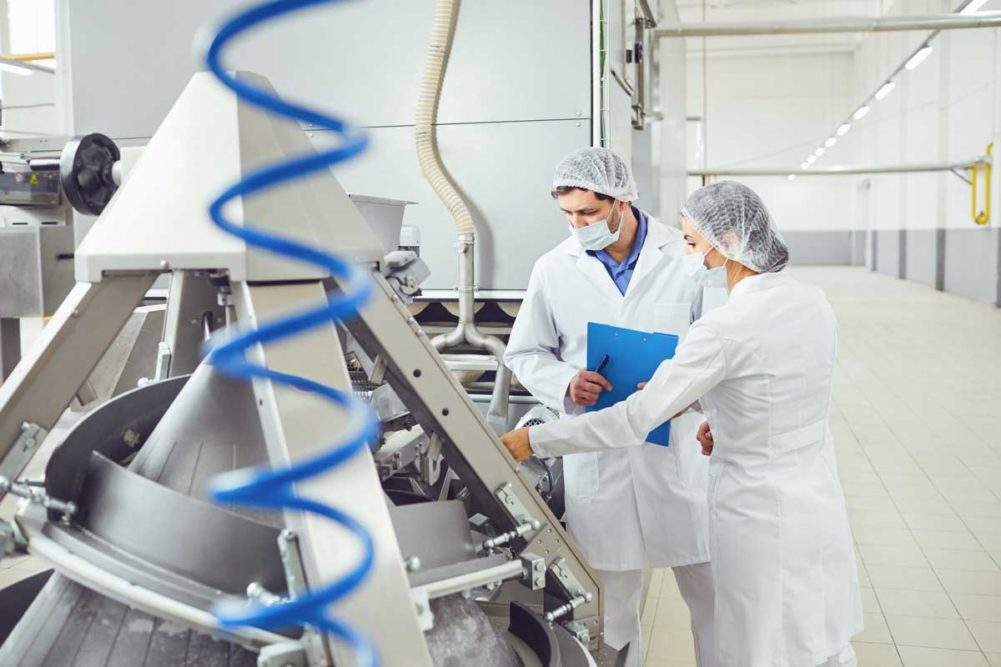WASHINGTON — With the travel restrictions surrounding the coronavirus (COVID-19), the US Food and Drug Administration (FDA) and other agencies have been forced to change the way they routinely handle food audits and inspections.
“Currently, the FDA has suspended routine food safety inspections,” said Earl Arnold, manager, food defense/FSMA quality assurance, North America, for AIB International. “They are continuing for cause inspections, while providing support and oversight on recalls.
MEAT+POULTRY’s sister publication Baking & Snack asked Arnold, one of the leading experts on FDA inspections and audits, on what to expect on the inspection front with various travel and stay-at-home restrictions and what inspectors may be looking for if they show up at a food facility.
Overall, the FDA, the Centers for Disease Control and Prevention (CDC), the Occupational Safety and Health Administration (OSHA) and other government agencies are providing a host of guidance on their websites. However, ultimate answers to many questions involve assessing the facts of each case individually and often in conjunction with local or state jurisdictions.
That’s why many organizations, including the International Dairy-Deli-Bakery Association, SNAC International, the American Bakers Association and others have been offering daily and weekly updates or regular webcasts to keep their members abreast of the latest developments in this fluid food safety environment.
What areas of an FDA inspection might be more important now than in the past?
Earl Arnold: Though the FDA has suspended routine food safety inspections, there are two areas of the audit that might be more important than ever, the first of which is sanitation. More emphasis may be needed on daily cleaning tasks for areas such as doors, break rooms and restrooms. Additionally, some facilities may be conducting longer production runs with fewer products.
This could create issues they have not considered before. The second area of importance is the self-inspection program. This should be more focused on reviewing personnel practices like washing hands, monitoring signs of employee illnesses, confirming that equipment cleaning and maintenance is occurring as needed, and other items.
How are they determining which ones to visit because of travel restrictions?
Arnold: The FDA is only visiting those facilities that are involved in potential food safety issues like customer complaints to FDA that may be the result of unsafe food, or in the event facilities initiate a recall.
What is the proper way for a food company to handle a situation where they have concerns about the health of a government or outside inspector wanting to inspect their facility?
Arnold: The FDA has stated they will work with facilities to ensure worker health and safety. Some agencies are providing letters stating the health of the inspector, while others are submitting to temperature checks. The FDA has also stated they could review records remotely.
What is the FDA looking at more closely because of the COVID-19 situation?
Arnold: Before this health crisis, the FDA had been focusing most of their routine inspections on a “back to basics” philosophy. Most of the areas that facilities should be focusing on are included in the regulatory common good manufacturing practices, such as hand washing and employee illness.
Additionally, the Food Safety Modernization Act asks facilities to review food safety and food defense plans when significant changes occur. As this health crisis continues and facilities modify production, hire more temporary personnel and make other changes, each needs to be reviewed to determine if new or temporary controls are needed.
What GMPs are most critical now? Any good tips?
Arnold: Adhering to the GMPs is critical. This includes washing hands frequently and as required, wearing food safety equipment and uniforms correctly, and employees reporting to supervisors when they are not feeling well. Also important are cleaning programs, as daily cleaning schedules may need to be increased and should include handwashing sinks, restrooms, common employee areas and high-traffic areas



